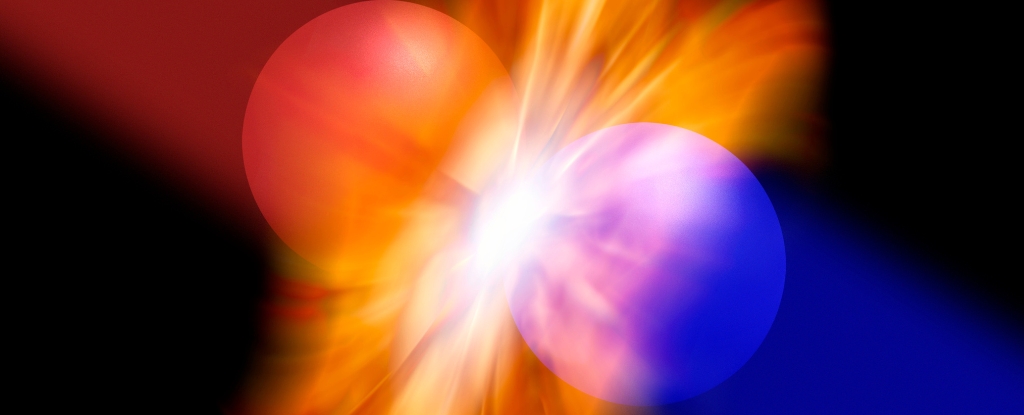ARTICLE AD
Intense solar flares—sudden bursts of electromagnetic radiation from the Sun—can shoot out hazardous levels of energy strong enough to reach Earth’s atmosphere. Predicting solar flares, however, isn’t as simple as forecasting a sunny day.
A team of researchers co-led by heliophysicist Emily Mason of Predictive Sciences Inc. has identified a type of solar activity within the Sun’s atmosphere that might precede and thus signal forthcoming solar flares. Their research, detailed in a December 6 study published in Astrophysical Journal Letters and presented on January 15 during the 245th meeting of the American Astronomical Society, has important implications in the effort to keep astronauts and space assets safe.
Indeed, predicting solar flares is crucial for protecting both people and technology from the Sun’s volatile outbursts. Solar flares can disrupt satellite communications, GPS systems, and power grids on Earth, while also exposing astronauts and spacecraft to dangerous levels of radiation. A reliable early warning system would thus be a welcome tool for mitigating the dangers of space weather.
Using NASA’s Solar Dynamics Observatory, Mason and her colleagues analyzed the flickering of coronal loops—arch-like structures in the Sun’s outer atmosphere, known as the corona—in the lead-up to 50 intense solar flares. Coronal loops exist in the same magnetically active regions of the Sun that also give rise to solar flares, according to a NASA statement. The researchers observed that the coronal loops’ brightness in extreme ultraviolet light varied much more in the hours preceding a large nearby flare than coronal loops above non-flaring regions.
“We found that some of the extreme ultraviolet light above active regions flickers erratically for a few hours before a solar flare,” Mason explained in the statement. “The results are really important for understanding flares and may improve our ability to predict dangerous space weather.”
The researchers suggest that observing the ultraviolet brightness variations in coronal loops can predict future solar flares two to six hours ahead of time with 60 to 80 percent accuracy, which—if proven true—is more precise than previously attempted forecasting methods.
“The Sun’s corona is a dynamic environment, and each solar flare is like a snowflake — every single flare is unique,” said Kara Kniezewski of the Air Force Institute of Technology, who also co-led the study. “We find that searching for periods of ‘chaotic’ behavior in the coronal loop emission, rather than specific trends, provide a much more consistent metric.”
Vadim Uritsky of NASA’s Goddard Space Flight Center, who also participated in the study, envisions creating a “well-tested and, ideally, simpler [solar flare] indicator ready for the leap from research to operations.” The researchers also suggest that the stronger the flare, the earlier the flickering peaks, but they admit that further analysis is needed to confirm this possible aspect.
Scientists have been trying to predict solar flares for decades. If the recent study proves to be true, flickering coronal loops could essentially function like a flashing warning signal for people and technology in harm’s way.

 2 months ago
94
2 months ago
94 

